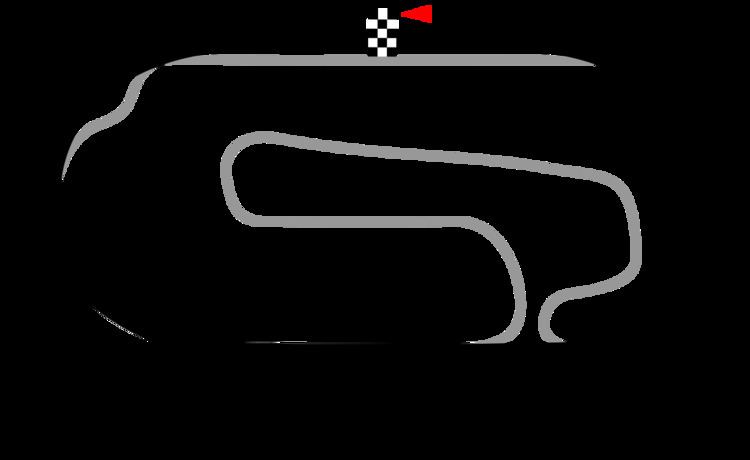Official name Dixie 400 | ||
 | ||
Date September 17, 1961 (1961-September-17) Course Permanent racing facility1.500 mi (2.400 km) Distance 267 laps, 401 mi (705 km) Weather Temperatures reaching up to 69.1 °F (20.6 °C); wind speeds up to 15.9 miles per hour (25.6 km/h) | ||
The 1961 Dixie 400 was a NASCAR Grand National Series (now Sprint Cup Series) event that was held on September 17, 1961, at Atlanta International Raceway in Hampton, Georgia.
Contents
Seven automobile manufacturers from the United States would demonstrate their fastest stock car vehicles in an attempt to impress new vehicle sales on Monday. Homologation rules during this era only allowed drivers to bring vehicles that are street-legal and driver to the track directly by the competing driver(s). A filming of a full-length feature Hollywood film entitled Thundering Wheels was a part of the festivities planned for this racing event in addition to a 210-minute performance by some of the legendary performers from the Grand Ole Opry. Local beauty pageant personality Linda Vaughn was chosen to be the queen of the 1961 running of the Dixie 400.
Background
Atlanta International Raceway (now Atlanta Motor Speedway) is one of ten current intermediate track to hold NASCAR races; the others are Charlotte Motor Speedway, Chicagoland Speedway, Darlington Raceway, Homestead Miami Speedway, Kansas Speedway, Kentucky Speedway, Las Vegas Motor Speedway, New Hampshire Motor Speedway, and Texas Motor Speedway. However, at the time, only Charlotte and Darlington were built.
The layout at Atlanta International Speedway at the time was a four-turn traditional oval track that is 1.54 miles (2.48 km) long. The track's turns are banked at twenty-four degrees, while the front stretch, the location of the finish line, and the back stretch are banked at five.
Summary
Fireball Roberts would immediately awe the spectators during solo qualifying sessions driving at speeds up to 136.924 miles per hour (220.358 km/h) in order to clinch the pole position. In contrast to these amazing speeds, the average speed of the race was 125.384 miles per hour (201.786 km/h). While Fireball Roberts, Nelson Stacy and Banjo Matthews would dominate the earliest parts of this event, the closing moments were a constant struggle between Junior Johnson and David Pearson. These drivers had the monopoly on the first-place position throughout the race; tying with the 1960 Atlanta 500 with the least amount of lead changes.
In this 267-lap racing event, the duration between the first green flag and the checkered flag was approximately three hours and eleven minutes. There were 42 qualifying American-born drivers on the grid out of the 46 who originally qualified for this event. Tommy Irwin would suffer from a bad piston in his vehicle that prevented him from starting the race; he was credited as the last-place finisher. Lee Reitzel would be the lowest-finishing driver to complete the entire event while Banjo Matthew's faulty engine prevented him from finishing in the "top ten." Thirty thousand people would eventually see David Pearson defeat Junior Johnson by a time of five seconds. NASCAR originally made a bad judgement call and declared Bunkie Blackburn the winner. The reason behind this bad call was that one of David Pearson's laps were never officially counted; they decided to re-mark it as official. Most of the spectators had left by the time that Pearson was given the actual win, making this race very controversial to both Blackburn and Pearson alike.
The transition to purposely-built racers began in the early 1960s and occurred gradually over that decade. Changes made to the sport by the late 1960s brought an end to the "strictly stock" vehicles of the 1950s; most of the cars were trailered to events or hauled in by trucks.
Individual earnings for each driver ranged from the winner's share of $9,330 ($74,775.07 when adjusted for inflation) to the last-place finisher's share of $200 ($1,602.90 when adjusted for inflation). The total prize purse for this event was $39,960 ($320,258.49 when adjusted for inflation).
Retirements
Dave Mader and Jesse James Taylor would retire from NASCAR Cup Series competition after the conclusion of this event.
